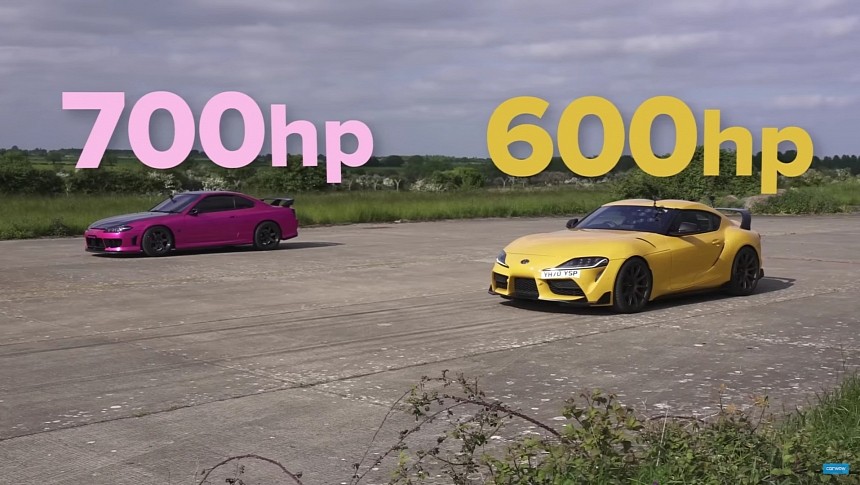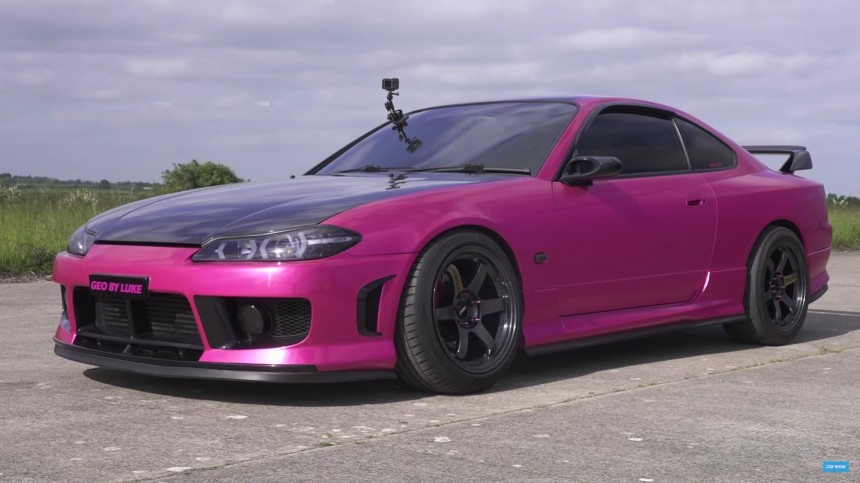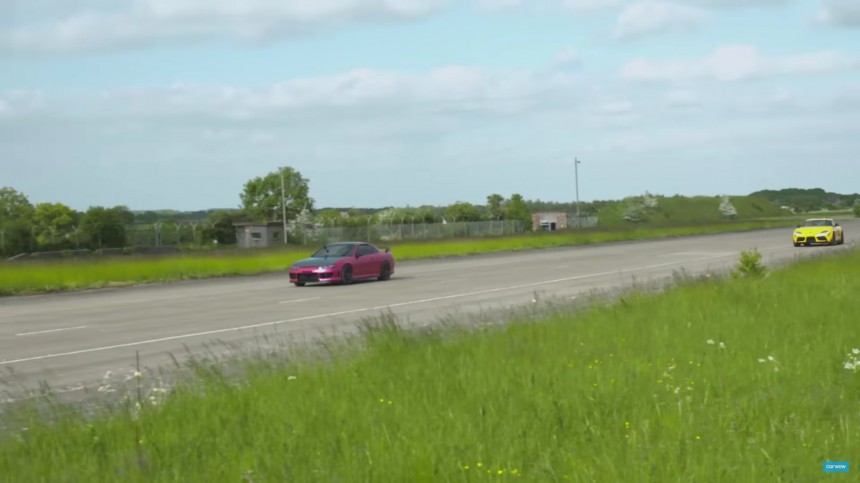One of humanity's greatest struggles throughout its millennia of evolution was to achieve ever-greater speeds. Transportation is the most striking example – we have evolved from walking and running to riding horseback before mechanizing the affair altogether. But there’s a point the balance is just right, and anything beyond that mark is just an exaggeration.
Take cars, for example: don’t they seem more and more like they’re straight out of a video game, with higher and more brutal acceleration performances from one generation to the next? It’s just a marketing gimmick and nothing more – when did we ever need to get from a standstill to 60 mph in five seconds or less?
The above statement does not apply to cars built for no practical purpose other than to burn gas, tires, money, and time while slapping a landslide of a smile on the driver’s face (or curing digestive laziness). Those automobiles have a special place reserved for them alone in motoring. It’s called a racetrack.
The general rule of thumb stated in the opening – newer cars go faster than older ones – is discarded as a delusion of high-octane proportions. In fact, older cars can be much quicker than the latest issues of performance offerings from carmakers’ portfolios.
Have a look at this latest antic from carwow's Mat Watson: on one side, a bright hornet yellow 2022 Toyota Supra, and next to it, a brighter panther pink Nissan Silvia S15 that’s at least two full decades older. Both cars have been tuned – although to different extents – and the results are still daily streetable but don’t disappoint at the drag strip.
The latest in a glorious line of versions, the newest Supra has the three-liter inline-six engine developed with BMW (some would give full credit to the Germans) and an eight-speed blitz-fast transmission. This JDM now sends 600 PS to the rear wheels (about 592 hp) thanks to a crossbred turbine and ECU tweaking.
For a 1.5-ton car, the power gain is quite dramatic - the standard B58 engine develops a maximum of 387 PS/382 hp from the factory. Impressive, but pales next to the Silvia. This electrifyingly colored puts nearly 700 PS (690) on the table, leaving the Supra in the shadows.
Of course, the power-making sector of this Nissan has been entirely replaced by a fully built straight-four massively turbocharged 2.2-liter. The transmission is the same six-speed type the original run-of-the-mill Silvia had. And this is the Achille’s heel of this Nissan – the manual gearbox, which can’t rely on launch control, and wasted tremendous amounts of time between shifts.
This isn’t a personal belief but a racing fact – look at Silvia’s nosedives when the driver presses the clutch pedal. Naturally, the standing quarter-mile bout is a no-brainer – the Supra leaves the Nissan for dead.
Despite the Silvia’s driver’s best efforts, the transmission control unit in the Toyota is simply too fast, allowing the tuning legend an effortless 11.8-second win over the 12.4 seconds of the pink JDM. But revenge is a dish best served after the turbo spools, and the roll race sees the Nissan reach the finish line ages before the underpowered and overweight Supra. Even the anti-lag gizmos don't help - except for a big spurt of black smoke, nothing comes out of the B58 BMW engine.
Despite what logos on these two cars claim, this race isn’t a Japan-exclusive affair – the Germans can pat themselves on the back for both vehicles. Way before the collaboration between BMW and Toyota for the current model Supra, the Bavarian company spurred the inception of two other JDM legends.
Not directly but through the work of a renowned industrial designer (German-born Albrecht Goertz) who lent a hand over the Pacific after shaping the BMW 503 and 507. His limited involvement with the Far East auto industry eventually took the shapes of the 1964 Nissan Silvia and – perhaps the most iconic – the Toyota 2000GT of 1965.
The above statement does not apply to cars built for no practical purpose other than to burn gas, tires, money, and time while slapping a landslide of a smile on the driver’s face (or curing digestive laziness). Those automobiles have a special place reserved for them alone in motoring. It’s called a racetrack.
The general rule of thumb stated in the opening – newer cars go faster than older ones – is discarded as a delusion of high-octane proportions. In fact, older cars can be much quicker than the latest issues of performance offerings from carmakers’ portfolios.
The latest in a glorious line of versions, the newest Supra has the three-liter inline-six engine developed with BMW (some would give full credit to the Germans) and an eight-speed blitz-fast transmission. This JDM now sends 600 PS to the rear wheels (about 592 hp) thanks to a crossbred turbine and ECU tweaking.
For a 1.5-ton car, the power gain is quite dramatic - the standard B58 engine develops a maximum of 387 PS/382 hp from the factory. Impressive, but pales next to the Silvia. This electrifyingly colored puts nearly 700 PS (690) on the table, leaving the Supra in the shadows.
This isn’t a personal belief but a racing fact – look at Silvia’s nosedives when the driver presses the clutch pedal. Naturally, the standing quarter-mile bout is a no-brainer – the Supra leaves the Nissan for dead.
Despite the Silvia’s driver’s best efforts, the transmission control unit in the Toyota is simply too fast, allowing the tuning legend an effortless 11.8-second win over the 12.4 seconds of the pink JDM. But revenge is a dish best served after the turbo spools, and the roll race sees the Nissan reach the finish line ages before the underpowered and overweight Supra. Even the anti-lag gizmos don't help - except for a big spurt of black smoke, nothing comes out of the B58 BMW engine.
Not directly but through the work of a renowned industrial designer (German-born Albrecht Goertz) who lent a hand over the Pacific after shaping the BMW 503 and 507. His limited involvement with the Far East auto industry eventually took the shapes of the 1964 Nissan Silvia and – perhaps the most iconic – the Toyota 2000GT of 1965.




















